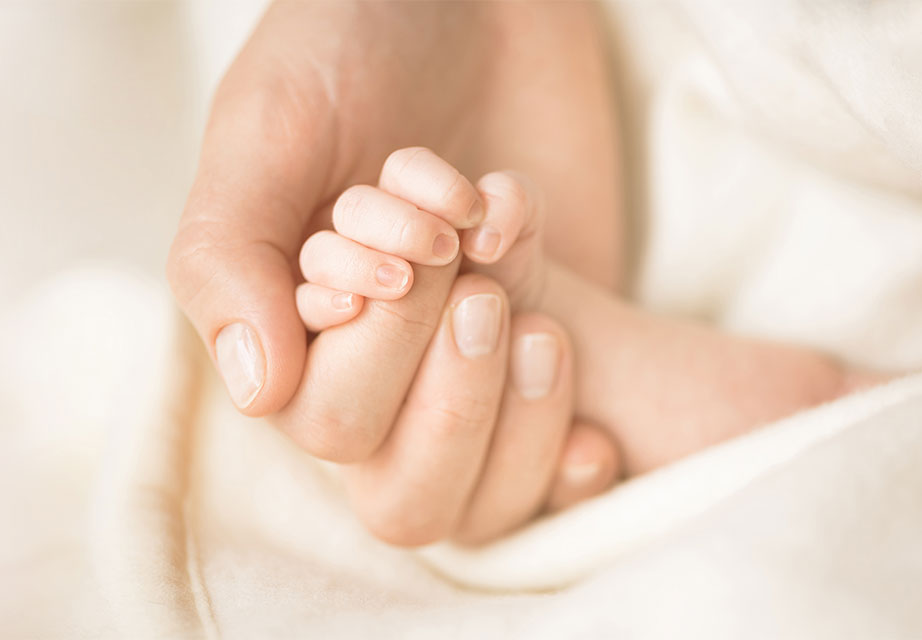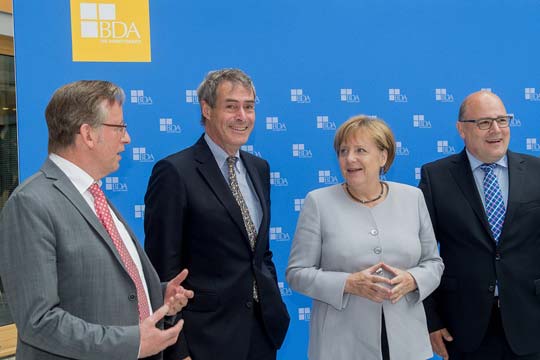Maternity protection concerns all employers

©AdobeStock jchizhe
The Maternity Protection Act regulates the health protection of working women and their children during pregnancy before and after birth and during breastfeeding. It was fundamentally amended in2018 and concerns health protection at the place of work, training and study.
Maternity leave
An expectant mother may only continue to be employed in the last six weeks before childbirth with her express consent. In the first eight weeks after childbirth, she may not be employed at all. In the case of premature or multiple births, the period after the birth is extended to 12 weeks (§ 6, Subsection 1, MuSchG). Since 30 May 2017, women can claim the same for children who are medically diagnosed with a disability within eight weeks after birth.
During maternity protection periods and pregnancy, the employer is prohibited from dismissing the employee in accordance with § 17 MuSchG.
Financial benefits
During the protection period, a woman receives € 13 maternity benefit per day from her health insurance fund. The employer must make up the difference to the salary she was previously paid. The employer's contribution to the maternity allowance makes up the bulk of the maternity benefit. In its decision of 18.11.2003 (1 BvR 302/96), the Federal Constitutional Court already stated that the employer no longer makes a "subsidy", but rather the essential contribution to continued remuneration during the protection periods, which is only mitigated by the maternity allowance. During other employment bans, the woman continues to receive her remuneration from the employer in the form of maternity pay.
Employers are reimbursed in full for maternity protection pay and the maternity benefit supplement from the so-called U2 levy (Section 1(2) AAG). The levy is financed solely by employers. The financing of family policy benefits should be fundamentally reorganised, as maternity protection is a task for society as a whole. All benefits before and after the birth of a child should be uniformly financed by the federal government from tax revenues, and cash benefits should be combined into a single benefit paid from a single source. The current coexistence of several benefits with different financing and administrative responsibilities must be overcome. A corresponding reorganisation was neglected in the legislative process for the new regulation of maternity protection law.
Risk assessment
In order to ensure comprehensive health protection, the usual risk assessment in occupational health and safety has to be extended since 2018 to include maternity protection aspects that take into account the possible risk to a pregnant or breastfeeding woman and her child. Every employer is obliged to carry out these assessments. It must be carried out for every activity - not for every workplace - that the employer offers. This means that, with regard to maternity protection, it must be carried out without cause and no longer only at the time of notification of a pregnancy. It is irrelevant whether the respective activity is or is to be carried out by a pregnant or breastfeeding woman. It is also irrelevant whether the activity is performed at all by a woman or by a man. In the case of similar working conditions, the assessment of a workplace or an activity is sufficient. The personal scope of application now also includes persons similar to employees, as is also the case in general occupational health and safety law.
Hazards are to be assessed according to their nature, extent and duration. The aim is to ensure that the woman does not have to perform any work during pregnancy that poses an irresponsible risk to the mother and child. The law speaks of an irresponsible hazard if the probability of occurrence of an impairment to health is unacceptable in view of the expected severity of the possible damage to health (Section 9, Paragraph 2, Sentence 2, MuSchG). Thus, the health protectors must continue to weigh up every risk associated with an activity.
Maternity Protection Committee
One of the key tasks of the Maternity Protection Committee (AfMu), which was formed in 2018, is to specify the irresponsible risk in concrete terms. The committee works closely with the occupational health and safety committees of the Federal Institute for Occupational Safety and Health (BAuA). Due to the quantity and diversity of possible hazards, concretisation can only take place step by step. In addition, the committee is to develop practical rules that make it easier for employers to take into account the current state of technology, occupational medicine and hygiene as well as other established scientific findings when implementing maternity protection. The BDA is represented on the Maternity Protection Committee.








